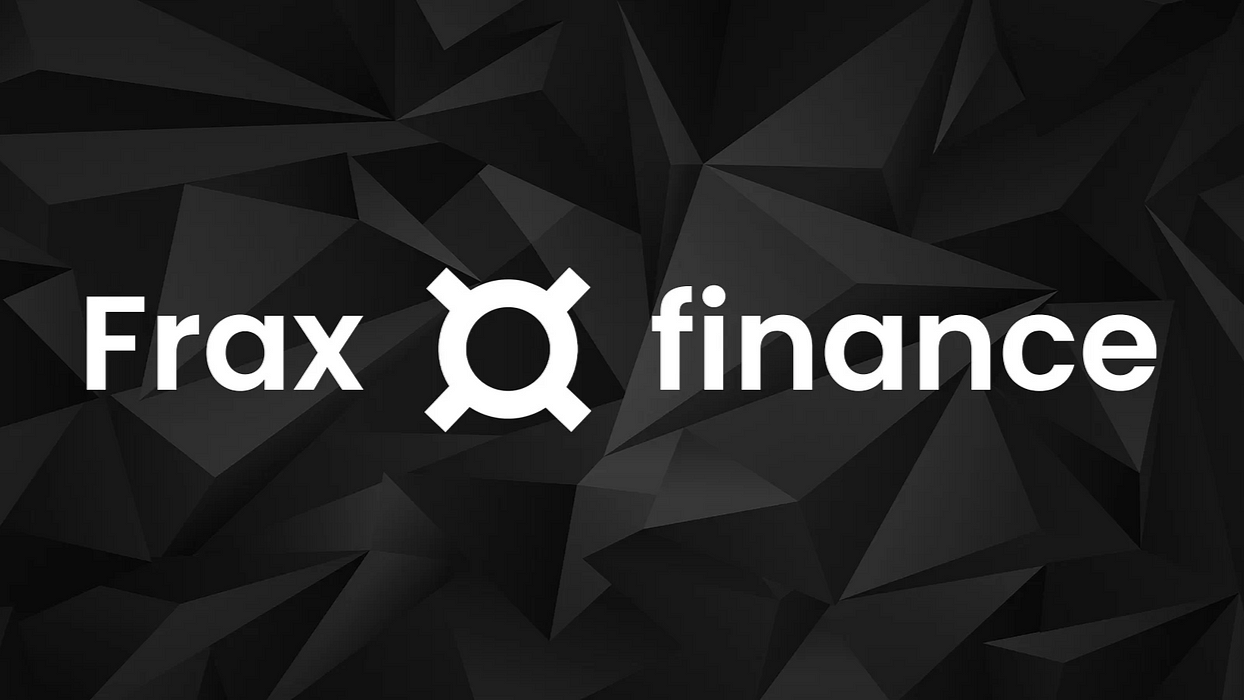n the fast-evolving world of cryptocurrencies, one problem has remained persistent: volatility. While Bitcoin and Ethereum have gained immense popularity, their value swings make them less suitable for everyday transactions or as a stable store of value. Enter stablecoins, a category of cryptocurrencies designed to maintain a steady value, typically pegged to fiat currencies like the US dollar. Among these, Frax Finance has emerged as a revolutionary player, blending the best of algorithmic stability and collateralized security. This is the story of how Frax is reshaping the stablecoin landscape.
The Birth of Frax Finance
Frax Finance began as a bold vision in the mind of Sam Kazemian, a software engineer and crypto enthusiast. Launched in December 2020, Frax set out to create a stablecoin that addressed the shortcomings of existing models. At the time, stablecoins were either fully collateralized (like USDT and USDC) or entirely algorithmic (like the ill-fated Basis). Kazemian believed that a hybrid approach could achieve the elusive balance between decentralization, scalability, and stability.
The name “Frax” reflects its core principle: “fractional.” The protocol’s stablecoin, FRAX, is partially backed by collateral and partially stabilized algorithmically, a first-of-its-kind innovation in the crypto world.
What Makes Frax Unique?
Unlike traditional stablecoins that rely entirely on reserves or complex algorithms, Frax Finance employs a hybrid model. This means that FRAX’s stability is maintained through a dynamic ratio of collateralization and algorithmic adjustments. Here’s how it stands apart:
- Partially Collateralized: A portion of each FRAX token is backed by collateral, such as USDC, providing a safety net during market turbulence.
- Partially Algorithmic: The remaining portion relies on algorithmic mechanisms to maintain the peg, making FRAX capital-efficient and scalable.
Frax also features a dual-token system:
- FRAX: The stablecoin designed to maintain a value of $1.
- FXS: The governance token, which absorbs the system’s volatility and accrues value as the protocol grows.
This innovative design allows Frax to adapt to market conditions, adjusting its collateral ratio dynamically based on supply and demand.
How Frax Works
The magic of Frax lies in its minting and redemption mechanism:
- Minting FRAX: To create FRAX, users must deposit collateral (e.g., USDC) and burn a corresponding amount of FXS, based on the current collateral ratio. For instance, if the collateral ratio is 80%, a user needs $0.80 worth of USDC and $0.20 worth of FXS to mint 1 FRAX.
- Redeeming FRAX: Conversely, users can redeem FRAX for a mix of collateral and newly minted FXS, maintaining the equilibrium.
This model ensures that FRAX remains pegged to the dollar, while the algorithm and collateral provide a backstop against price deviations.
Frax in Action
Frax’s utility extends far beyond being just another stablecoin. It has carved a niche in the decentralized finance (DeFi) ecosystem, powering:
- Liquidity Pools: FRAX is integrated into major DeFi platforms like Uniswap and Curve, facilitating seamless trading and liquidity provision.
- Lending Protocols: FRAX can be used as collateral or borrowed in platforms like Aave and Compound.
- Payments: With its stability, FRAX is suitable for transactions, offering a decentralized alternative to fiat.
- Yield Farming: Users can stake FRAX and FXS in various pools to earn rewards, driving adoption and liquidity.
By fostering integrations and partnerships, Frax has established itself as a cornerstone of DeFi innovation.
Why Frax Matters
Frax Finance isn’t just a technological achievement; it’s a statement about the future of stablecoins. Its hybrid approach addresses critical pain points in the crypto space:
- Decentralization: By reducing reliance on centralized reserves, Frax aligns with the ethos of blockchain technology.
- Scalability: The algorithmic component enables Frax to grow without the limitations of fully collateralized models.
- Resilience: The protocol’s dynamic collateral ratio ensures stability even during market fluctuations.
These attributes make Frax a vital player in the push for decentralized, efficient, and reliable financial systems.
The Future of Frax Finance
As the DeFi landscape evolves, Frax Finance is well-positioned to lead the charge. The protocol continues to innovate, exploring new use cases and refining its mechanisms. Its dual-token system incentivizes community participation, ensuring that governance remains robust and aligned with user interests.
Frax’s journey is far from over. With its groundbreaking approach, it has the potential to become the gold standard for stablecoins, paving the way for a more accessible and decentralized financial future. For novice crypto enthusiasts and seasoned investors alike, Frax is a testament to the power of innovation in blockchain technology—a story worth watching closely.



















Leave a Reply